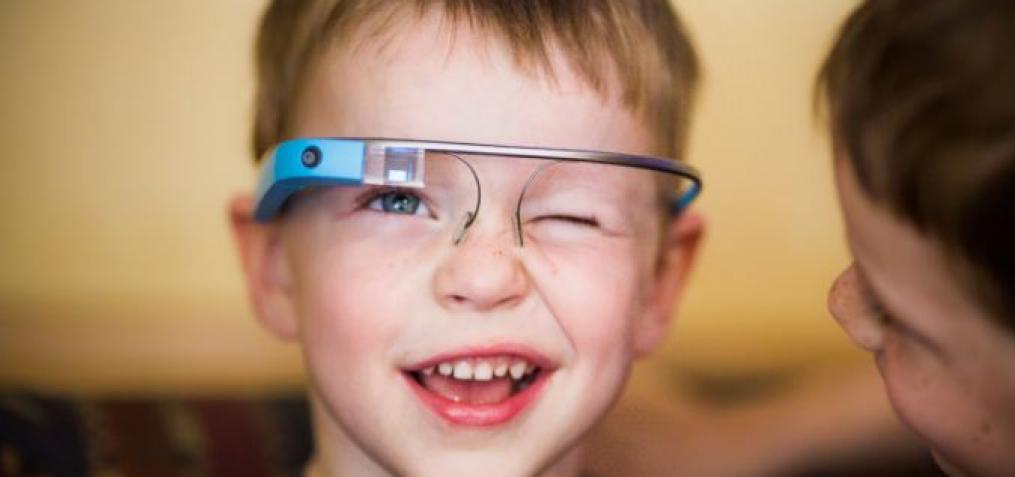Most of us are aware of autism as a developmental disorder that hampers ability of a person to interact as well as communicate. But, Google has a good news for children with this disorder. Google Glass is an eye wearable device by google that enables children with autism to understand the emotions that people convey through their facial expressions. This will help children with autism improve their social skills using a smartphone based app that is paired with the google glass.
As far as the working of the google glass is concerned, once paired on the smartphone with a stand-ford designed app, it helps the child with autism identify the expressions of different people they interact with and notify the same through an audio signal or through an emoticon on the glass display. It can keep a track of faces besides identifying social cues and actions.
A pilot study was undertaken for an age group of 3 to 17 years of age wherein, google glass system was used to help these kids interact better using facial affect recognition. The developed software known as superpower glass system runs on Android smartphones is a sort of boon to autistic children as it empowers them to improve their social interactions. The report on the pilot study was published in NPJ digital medicine journal.
The study was conducted on a group of 14 children with clinically confirmed autism at home over a time span of 10 weeks. The family used this therapy every week for a period of 20 minutes. Before the commencement of the therapy as well as after the completion of it, parents answered a questionnaire in order to provide details on the social skills of the child. The students show significant improvement in social skills as well as their facial expression identification and improvement in eye contact.
This is not the first time such a software is pilot tested. Last year a software that coached children having Autism spectrum disorder with their every-day interaction was developed by researchers at the University of Toronto, Canada. The app called Holii prompts an appropriate reply to a conversation between the wearer and the person in question. For example, if someone says welcome to the wearer, it prompts the wearer to reply with a Hi or a Hello.
The app can be a great help to bridge the gap in autism care. Due to the shortage of therapists, children with autism have to wait as long as 1.5 years for treatment, post their diagnosis. As per experts, early intervention in autism spectrum disorder patients proves to be highly effective and hence this product is particularly useful as it can be used as home-based treatment alternative.
*sourced from the internet

